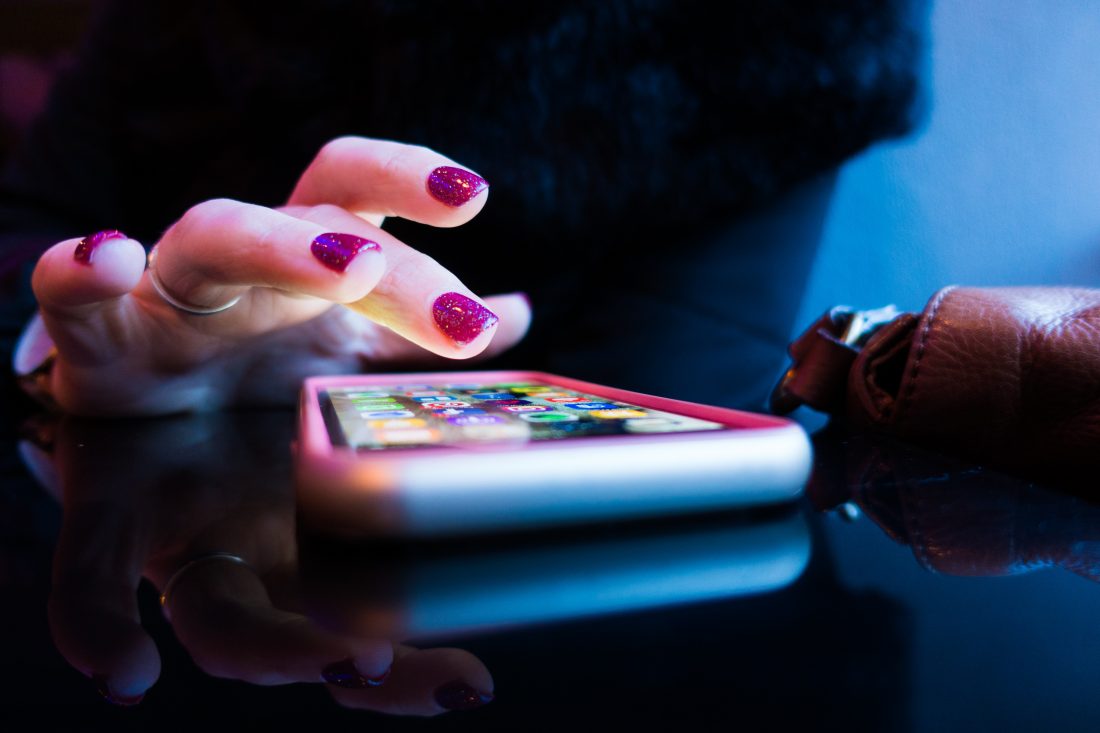
AN ICON THAT EVERYONE WANTS TO CLICK: HOW PERCEIVED AESTHETIC QUALITIES PREDICT APP ICON SUCCESSFULNESS
App stores house a massive number of mobile applications, also known as apps. In light of recent statistics, the impact of the apps industry to economic growth is undeniably high. All apps are listed on app stores as icons – a graphic that “provides a quick, intuitive representation of an action, a status or an app”[1]. App icon is in many cases the first and most powerful opportunity to succeed in user engagement on the highly competitive app store markets [2], hence developers and designers must make a strong impact for consumers to choose to interact with their app instead of the many others.
This led us to the following questions: What are the aesthetic qualities that are likely to engage consumers into interacting with app icons? Does app icon appearance affect downloading and purchasing behavior of consumers? Although icons appear commonly on various interfaces, minimal attention has been provided to how the visual attributes of apps represented on app stores affect consumer behavior [3][4].
We looked into how consumer perceptions of app icon aesthetics affect icon successfulness by employing an online experiment with 68 game app icons. Participants (n = 569) evaluated 4 randomized icons on semantic differential scales (i.e. Beautiful–Ugly). Furthermore, participants rated the overall design of the icon, as well as their willingness to click the icon and their willingness to download and purchase the imagined app. This resulted in a total of 2276 individual icon evaluations.
The findings show that consumers are more likely to interact with app icons that are aesthetically pleasing and convey good quality. Cursively, the results suggest that e.g. transparent parts on the outer layers, color gradients, shading and highlighting as well as high graphical fidelity convey quality. Another strong predictor of icon successfulness is uniqueness, i.e. the features that make an icon stand out from the app store masses where there is a lot of icon material present. In this study, icons rated as unique more commonly featured asymmetric and abstract shapes, use of various ends of the color spectrum as well as elements rarely encountered in daily life. Surprisingly, perceived sadness in an icon predicted the willingness to purchase an app. Icons rated as sad were generally dominated by a desaturated or dark color palette (e.g. shades of grey or pure black), and they depicted elements that can be perceived as unpleasant.
This results of this research contrast prior study on onscreen typeface design and usage, which was implemented as a basis for our experiment. Furthermore, gaps in prior icon design theories were exposed regarding predictors of icon successfulness in terms the adjective pairs Concrete–Abstract and Complex–Simple, as no consistent statistically significant effect was found among them in our study.
An icon that everyone wants to click: How perceived aesthetic qualities predict app icon successfulness
Reference: Jylhä, H., & Hamari, J. (2019). An icon that everyone wants to click: How perceived aesthetic qualities predict app icon successfulness. International Journal of Human-Computer Studies, 130, 73–85.
See the paper for full details:
Abstract
Mobile app markets have been touted as fastest growing marketplaces in the world. Every day thousands of apps are published to join millions of others on app stores. The competition for top grossing apps and market visibility is fierce. The way an app is visually represented can greatly contribute to the amount of attention an icon receives and to its consequent commercial performance. Therefore, the icon of the app is of crucial importance as it is the first point of contact with the potential user/customer amidst the flood of information. Those apps that fail to arouse attention through their icons danger their commercial performance in the market where consumers browse past hundreds of icons daily. Using semantic differential scale (22 adjective pairs), we investigate the relationship between consumer perceptions of app icons and icon successfulness, measured by 1) overall evaluation of the icon, 2) willingness to click the icon, 3) willingness to download the imagined app and, 4) willingness to purchase the app. The study design was a vignette study with random participant (n = 569) assignment to evaluate 4 icons (n = 2276) from a total of pre-selected 68 game app icons across 4 categories (concrete, abstract, character and text). Results show that consumers are more likely to interact with app icons that are aesthetically pleasing and convey good quality. Particularly, app icons that are perceived unique, realistic and stimulating lead to more clicks, downloads and purchases.
References:
[1]Android Developers, “Iconography,” http://www.androiddocs.com/design/style/iconography.html (accessed January 30, 2018).
[2]Woolridge, D., Schneider, M., 2011. Your iOS app is your most powerful marketing tool, in: Woolridge, D., Schneider, M. (Eds.), The business for iPhone and iPad app development. Apress, Berkeley, pp. 61-96. doi: 10.1007/978-1-4302-3301-5_4
[3]Wang, M., Li, X., 2017. Effects of the aesthetic design of icons on app downloads: evidence from an android market. Electron. Commer. Res. 17, 83-102. doi: 10.1007/s10660-016-9245-4
[4]Lin, C.-H., Chen, M., 2018. The icon matters: How design instability affects download intention of mobile apps under prevention and promotion motivations. Electron. Commer. Res. doi: 10.1007/s10660-018-9297-8




Sorry, the comment form is closed at this time.